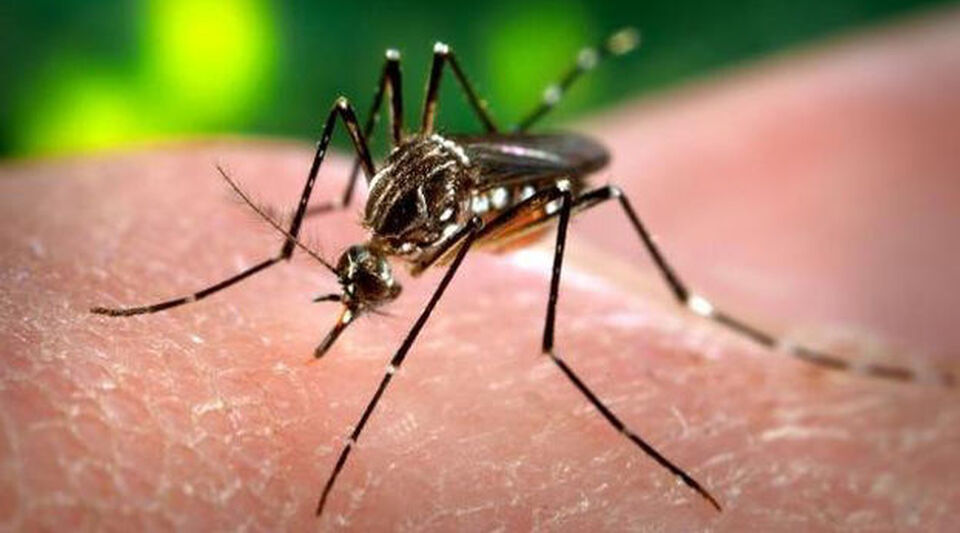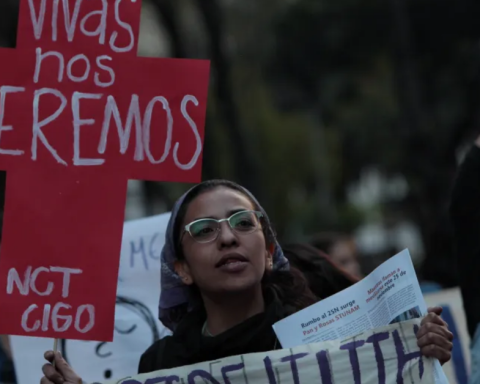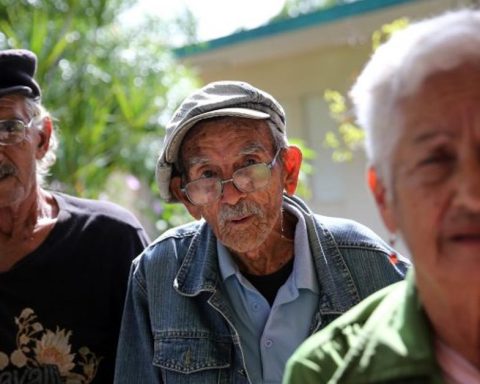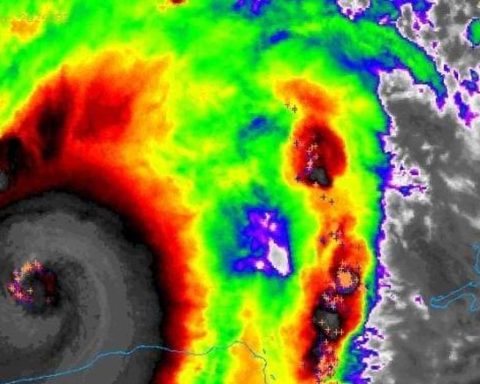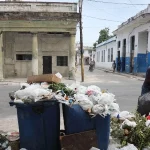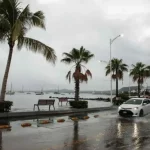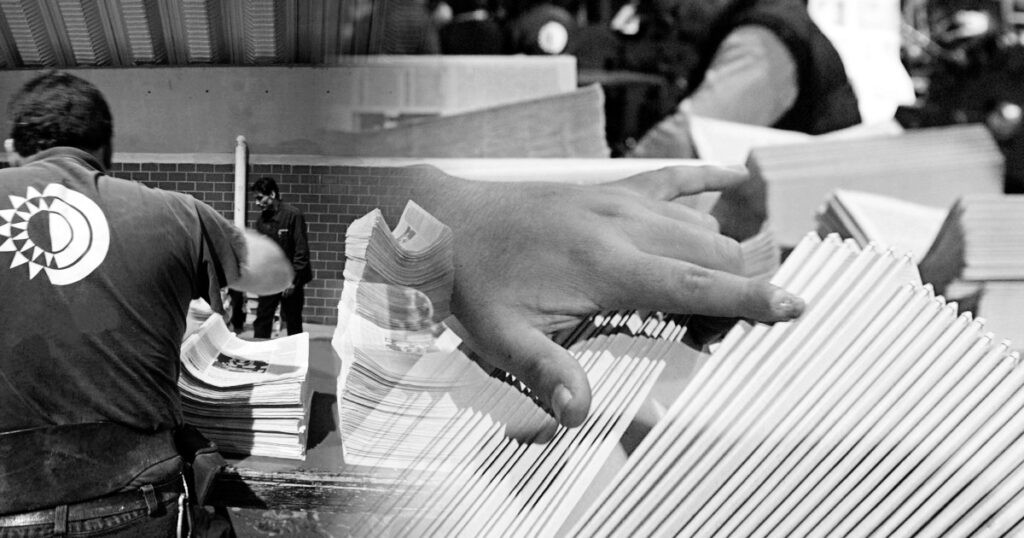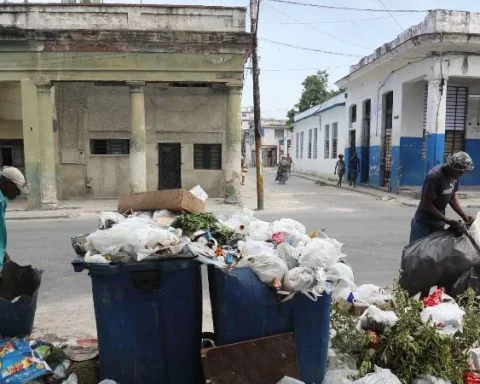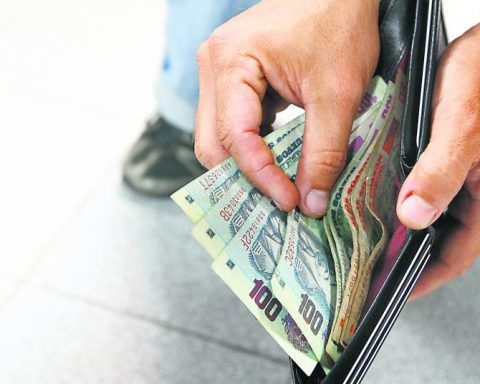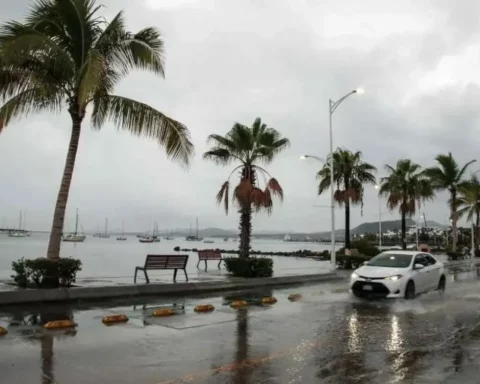The dengue outbreak that is plaguing the country has reached figures not seen in 15 years in Santiago de Cuba, the province with the highest number of outbreaks of the transmitting mosquito. Health authorities recognize that they can do little to control the spread of the disease due to the scarcity of resources.
The province is one of those that presents one of the “most complex” situations, confirmed Alfredo Cintra Guerra, responsible for the surveillance and fight against vectors in Santiago de Cuba, according to a note published in the official Sierra Maestra. The official pointed out that at least one hatchery with mosquito larvae has been identified aedes aegypti, dengue vector, for every 120 homes. With an incidence rate of 65.2 per 100,000 inhabitants in the last week, “the risk of getting infected is very high,” he added.
The municipalities of Palma Soriano, Santiago de Cuba, Contramaestre, Mella and Songo-La Maya report the highest incidence rates. Cintra Guerra explained that the daily average of medical attention with dengue symptoms is 297, although, he acknowledged, the number of patients who come to clinics with warning signs is even more worrisome, since the four serotypes circulate on the island. of the virus.
The official newspaper pointed out that the fight against the vector “has been limited at times by the lack of slaughter, insecticides and even fuel, as the Cuban health authorities have explained on several occasions,” a situation that it attributed to the US embargo and the impact of the covid-19 pandemic.
Faced with this situation, the newspaper appeals to the entire population to assume “the effort to prevent dengue.” “Autofocal has to be consistent and you have to take it very seriously,” he added.
The official newspaper pointed out that the fight against vectors “has been limited on occasions due to the lack of slaughter, insecticides and even fuel.”
Although the Government does not publish statistics on dengue to measure the magnitude of the disease, the Ministry of Health had already warned in September that Cubans would face the peak of infections between the end of October and the beginning of November. The latest update published by the official newspaper cubadebate noted that the incidence rate of suspected cases was declining for six consecutive weeks.
The newspaper considers it a “satisfactory result” that the Island has gone 13 consecutive weeks without deaths associated with the virus, although this newspaper documented last September the death of two infected health professionalsplus the case a nurse in Sancti Spíritus at the beginning of October on suspicion of dengue.
This weekend, it also circulated in social networks the death of the young Carlos Enrique Salgado Fuentes, a sixth-year medical student in Baracoa, in the province of Guantánamo, due to complications from dengue. Similarly, the death of Josué Hernández Tamayo, 19, infected with the same disease, was reported, according to publications of their relatives.
Dengue does not give a truce to families in Ciego de Ávila either, where, according to a report in the official newspaper Invasive published on November 9, were reported up to 578 febrile cases in the first week of this month. All municipalities present cases, but there is a higher incidence in Morón, Ciro Redondo, Baraguá, Majagua and the provincial capital.
________________________
Collaborate with our work:
The team of 14ymedio He is committed to doing serious journalism that reflects the reality of deep Cuba. Thank you for accompanying us on this long road. We invite you to continue supporting us, but this time making you a member of our newspaper. Together we can continue transforming journalism in Cuba.
